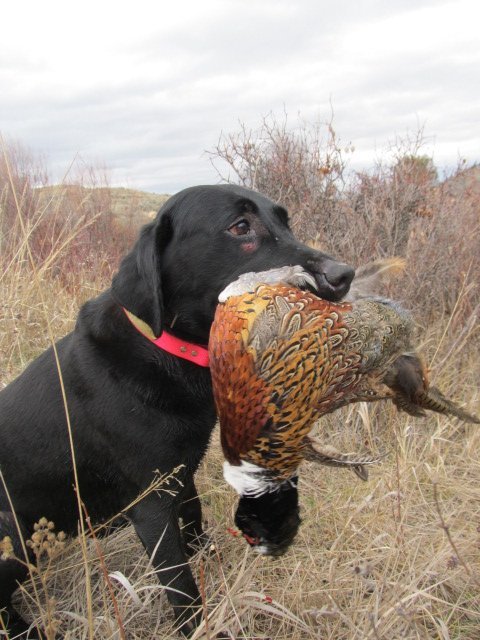AlaskaHunter
Well-known member
Silence is important when chasing late season roosters, huns, chuckars, etc. Easy to teach a lab to hunt with silent handling.
I use the vibrate function on the E-collar to silently sit the lab once she gets birdy.
I then circle around into blocking position and then silently release the lab with a hand signal to track the rooster towards my position.

I use the vibrate function on the E-collar to silently sit the lab once she gets birdy.
I then circle around into blocking position and then silently release the lab with a hand signal to track the rooster towards my position.





